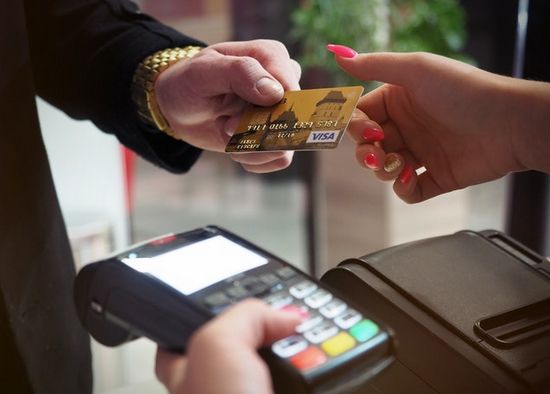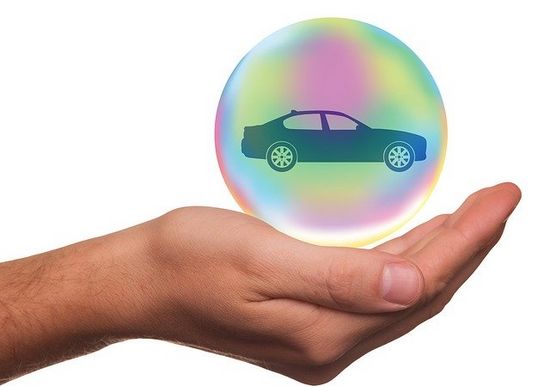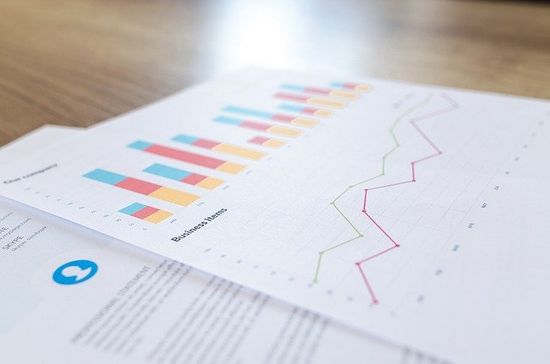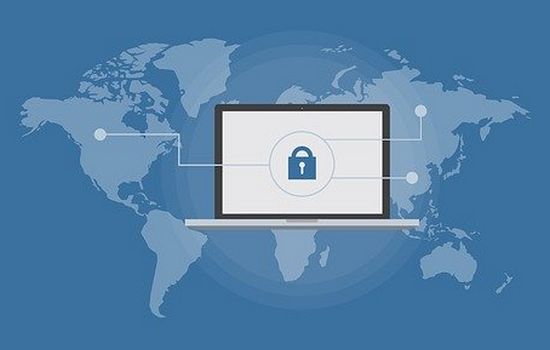While IoT has impacted sectors such as manufacturing and healthcare, it is still an emerging technology in the banking world. Research has found that banks have not yet incorporated IoT technology into their organizations or into their products or services.
However, in the long term, this is likely to change. As per a research report, 40% of financial companies are currently experimenting with IoT and big data.
Internet of Things (IoT) refers to any object capable of capturing and communicating and sharing data (such as status, geolocation, etc.) via the Internet.
This communication will often occur between two objects (i.e. does not involve humans), often referred to as Machine-to-Machine (M2 M) communication. Very well-known examples are home thermostats, home monitoring devices, fitness and health apps, wearables.
Everything sounds modern, but smartphones, laptops & smartwatches can also be called IoT devices.
In particular, despite this revolutionary dream of IoT, smartphones are likely to remain at the heart of the world of connected devices.
Key Benefits of IoT for the Financial Services Industry
-
Retail banking

Retail banks will use IoT to offer enhanced personalized services to customers. Instead of providing a ‘one-size-fits-all’ approach, banks are using IoT technology to evaluate various aspects of their customers’ actions – including the frequency with which they visit or buy from merchants – and deliver tailored budgeting strategies or financial products essential to their lifestyles.
Additionally, data from wearable payment technologies, for example, can be used to create comprehensive consumer profiles and enable fraud detection.
The same data also allows banking institutions to create relationships with brands that can drive special offers to banking customers in the region, enabling better customer relationships and offering more relevant benefits.
-
coverage

The benefits of IoT technology in the financial sector are not limited to retail banks. Insurers can use IoT technology to assist consumer engagement and automate and improve underwriting and claims processing, as well as default prediction.
It also allows insurance providers to define risk more specifically. Auto insurance companies, for example, have traditionally relied on indirect measures such as a driver’s age, address, and creditworthiness when setting premiums.
Currently, data on driver behavior and vehicle operation, such as how fast the vehicle is driven and how much it is driven at night, is readily available. This new data set will help insurance companies offer premiums that more accurately represent their customers.
-
Trade Finance

Another use of IoT in the financial sector that has great potential implications is in the field of trade finance. The movement of international trade is generally expensive and mostly paper-based due to supply chain inefficiencies in the movement of goods.
IoT in trade finance can be used to make this process faster by monitoring movement, supply & demand. This will greatly increase the productivity of the process by reducing costs and risks for the company.
Moreover, to have a real effect on trade finance, there must be a large-scale implementation of global IoT – which allows every aspect of the ecosystem to be accounted for and creates a seamless process.
-
Banking
The Internet of Things enables banks to monitor their own equipment, evaluate assets used by branches and improve the quality of decision making when offering loans, improve risk management efficiency, and so on.
Collect data on ATM usage to ensure that the machine is being used at its highest capacity or is in an advantageous location. The Internet of Things must be able to gather knowledge about how machines eliminate downtime.
Collecting market movement data in real-time, allows banks to increase the number of locations in a smart way.
The integration of IoT and banking strengthens the challenges of IoT security and increases the efficiency of borrower activity and collateral monitoring.
-
Maintain Data Privacy & Security

When there are so many devices transferring huge data, privacy becomes priority & shared information needs to be secured at all times. This is not new, because the device is connected to the network, there is a possibility of data manipulation, which can have negative effects, such as financial risks.
The Internet of Things helps protect customer data from inevitable breaches, such as secure payment processing and information management.
For example, when a customer connects their fridge to the internet, the fridge automatically senses that the family is out of eggs and orders fresh eggs from the local grocery store. IoT-based financial apps help make payments seamlessly in the background.
Here we pay attention to the customer’s bank account, and when paying for the grocery store using a refrigerator, the consumer must have a certificate to prevent fraudulent transactions. It also provides consumers with a positive experience and loyalty which can assist in collecting and using data for marketing and services.
-
Support Sales Process and CRM
IoT will also enable financial service providers to enhance their sales and CRM processes. IoT enables more precise and rapid recognition of customer needs (even in real-time), enabling more efficient marketing and targeted sales.
This more intimate customer awareness allows for more personalized interactions and thus greatly enhances customer relationships.
Beacon or geolocation technology can be used to deliver goods and services when a customer arrives at a certain location.
For example: If a customer enters a car dealership or shop for a certain expensive product, the bank can inform the buyer of the amount of financing he has received (and provide a preferred interest rate)
Banks can partner with stores through loyalty programs. Real-time location monitoring will enable banks to provide real-time offers and transactions. The deal will only work if the customer pays at the store by bank card.
Conclusion
IoT is a huge opportunity for the banking sector and there will definitely be disruptors who can have that exposure – so now is the time for banks to start thinking about technology development and implementing this technology to stay ahead of the competition.








